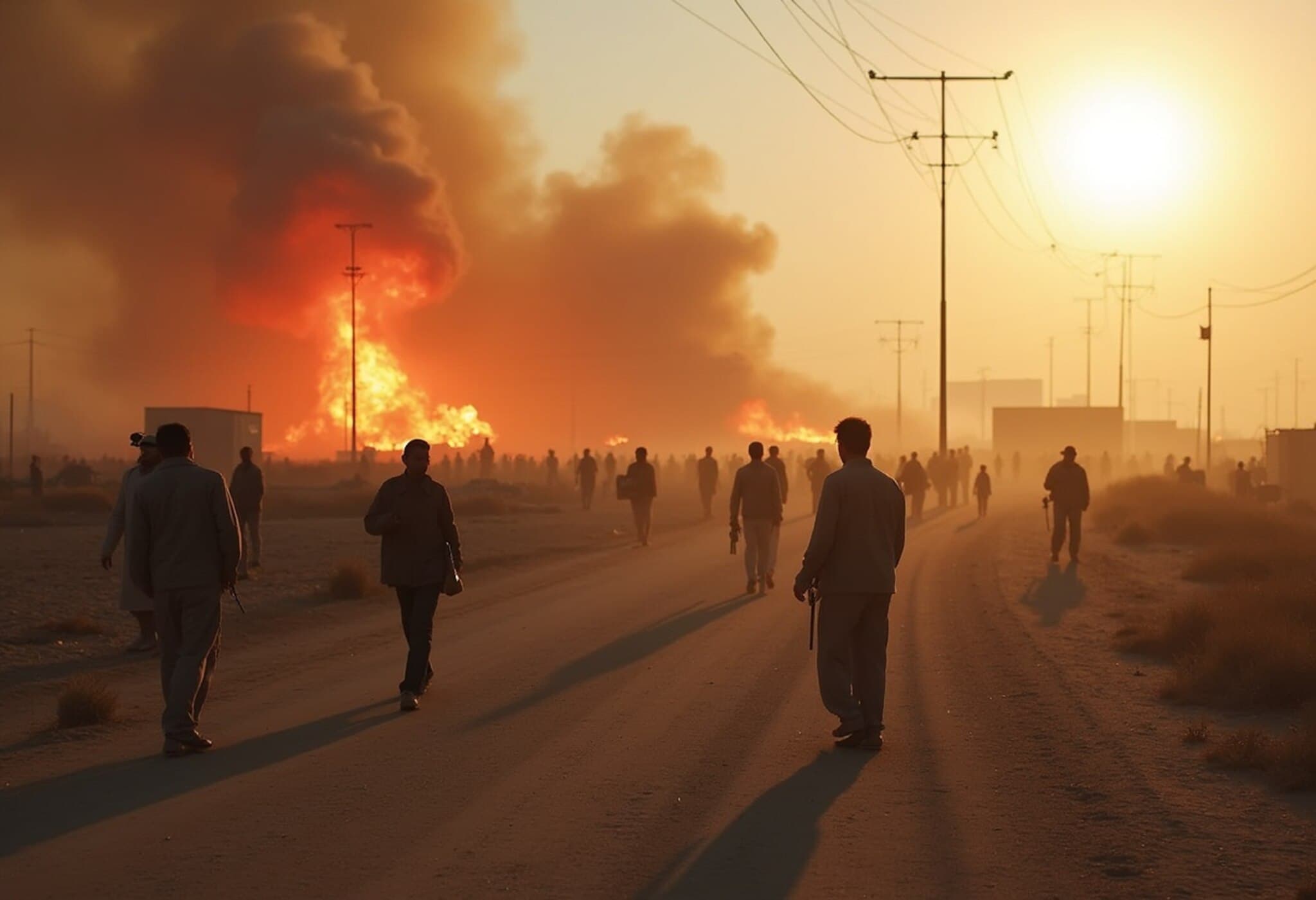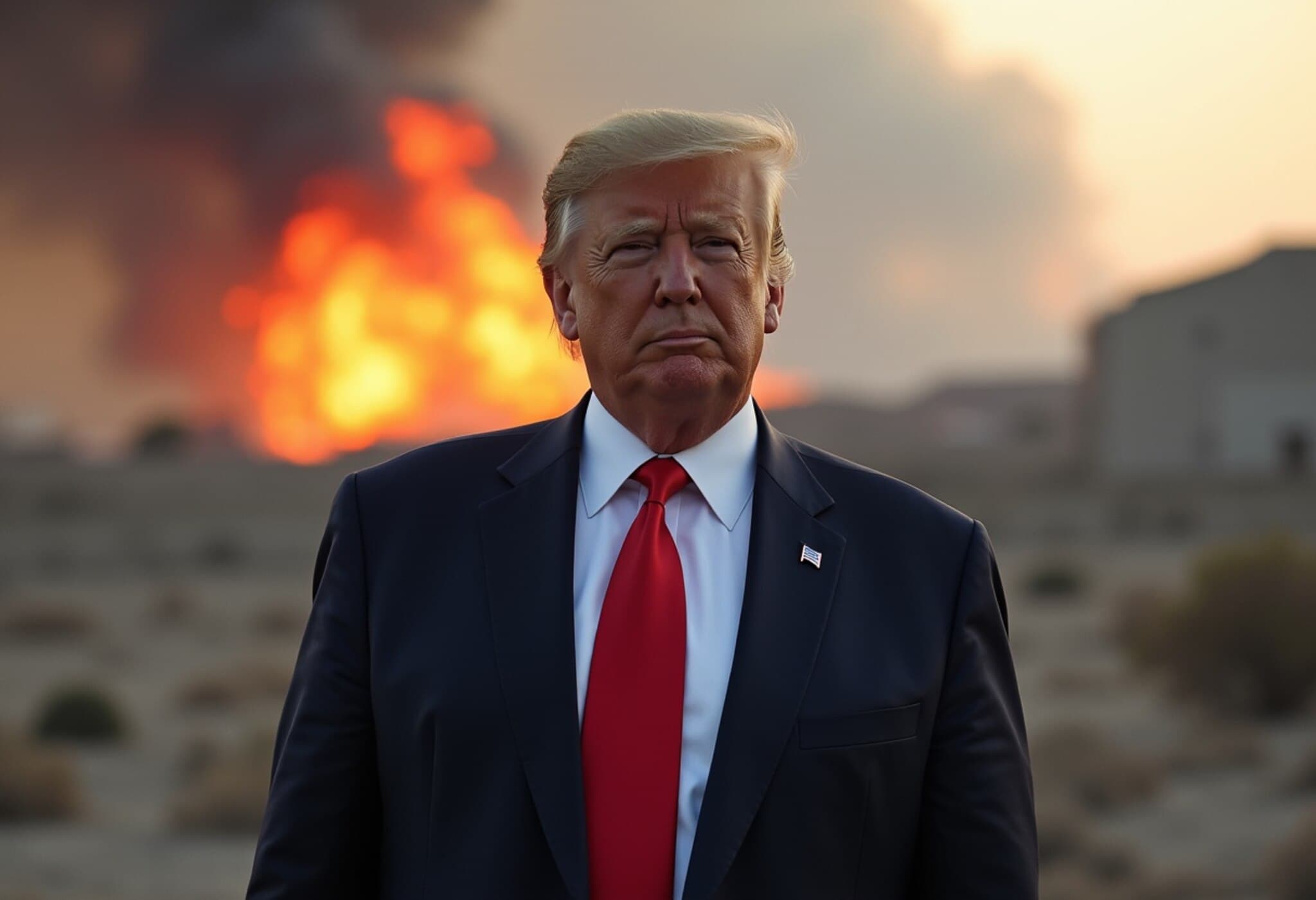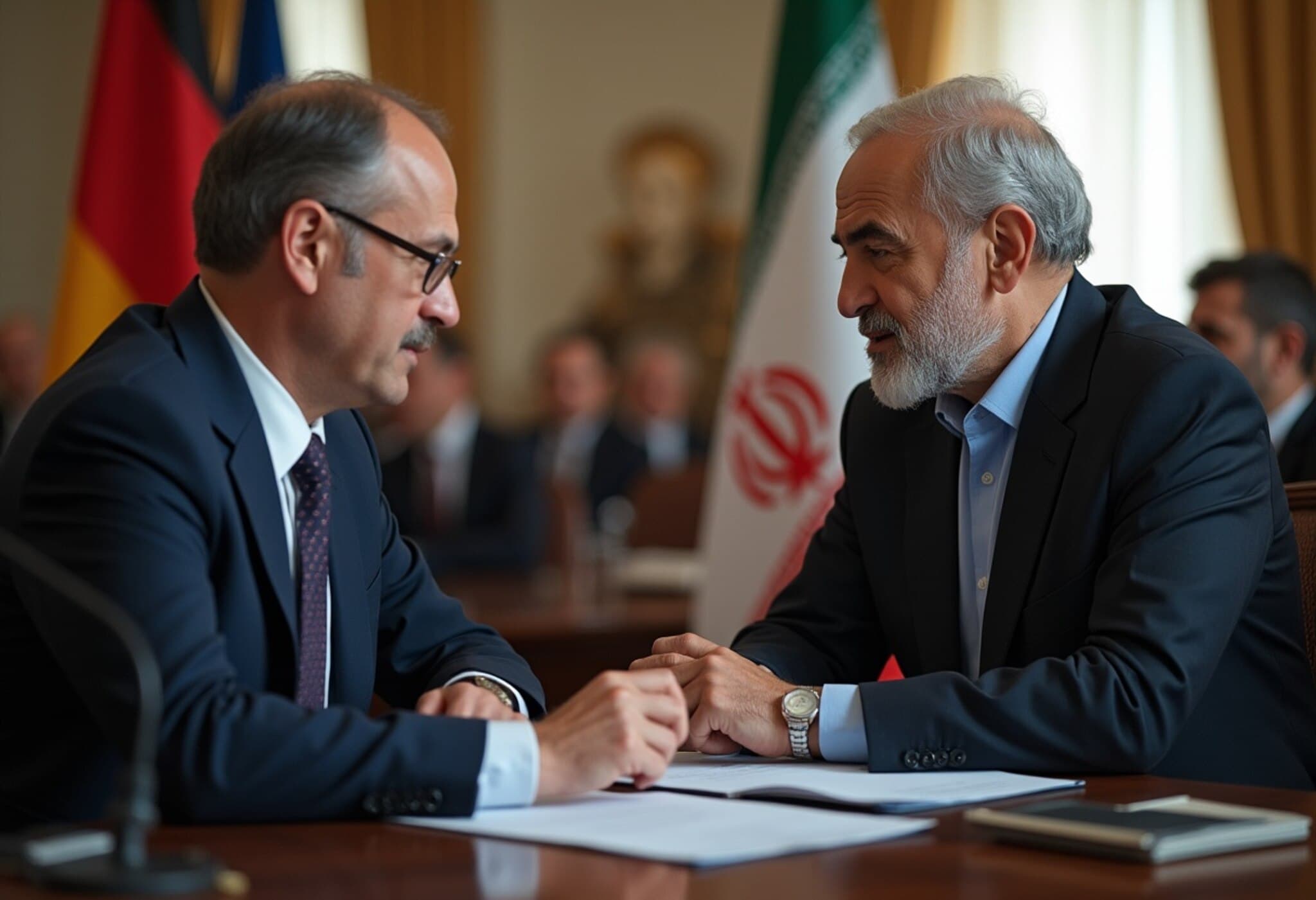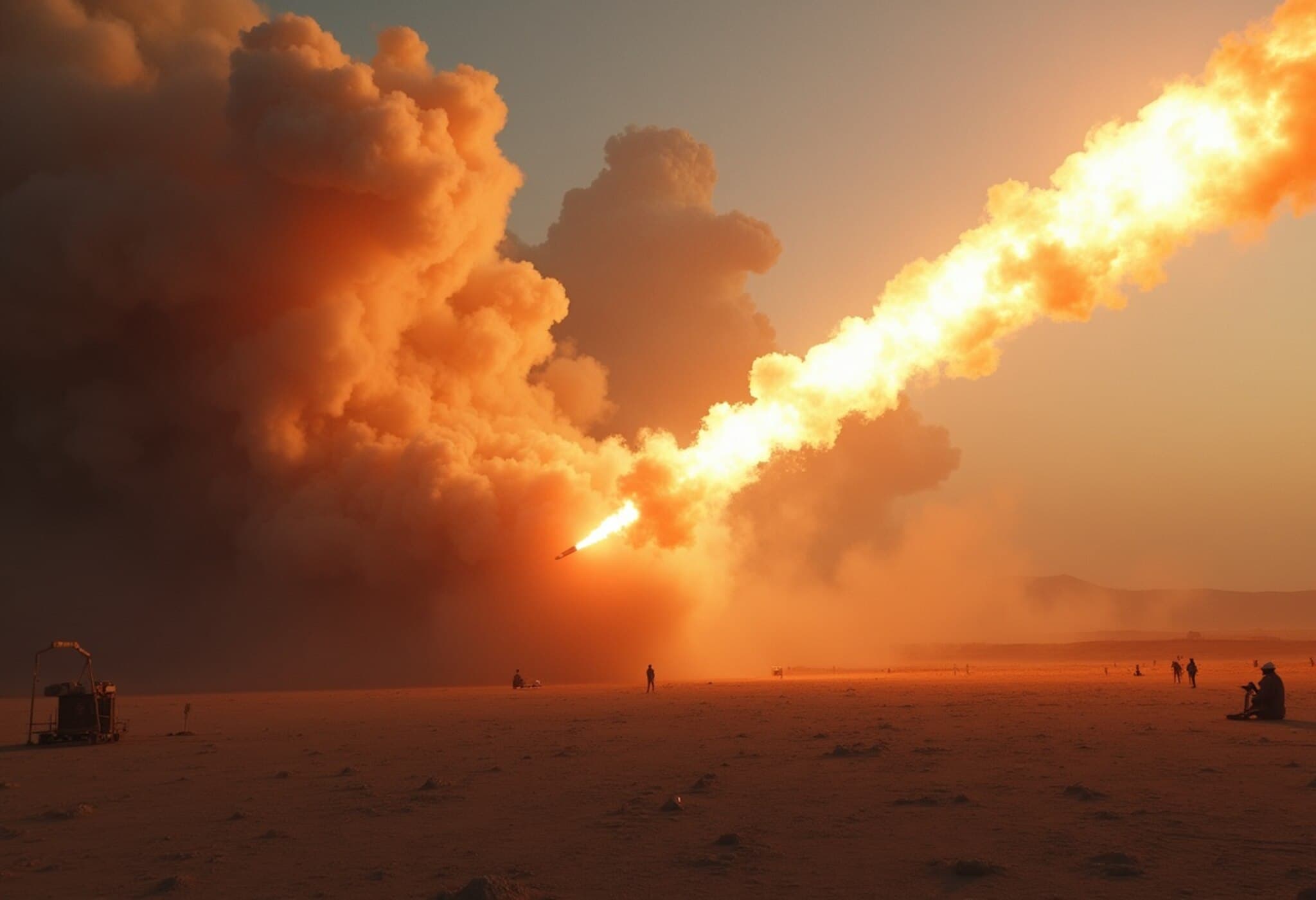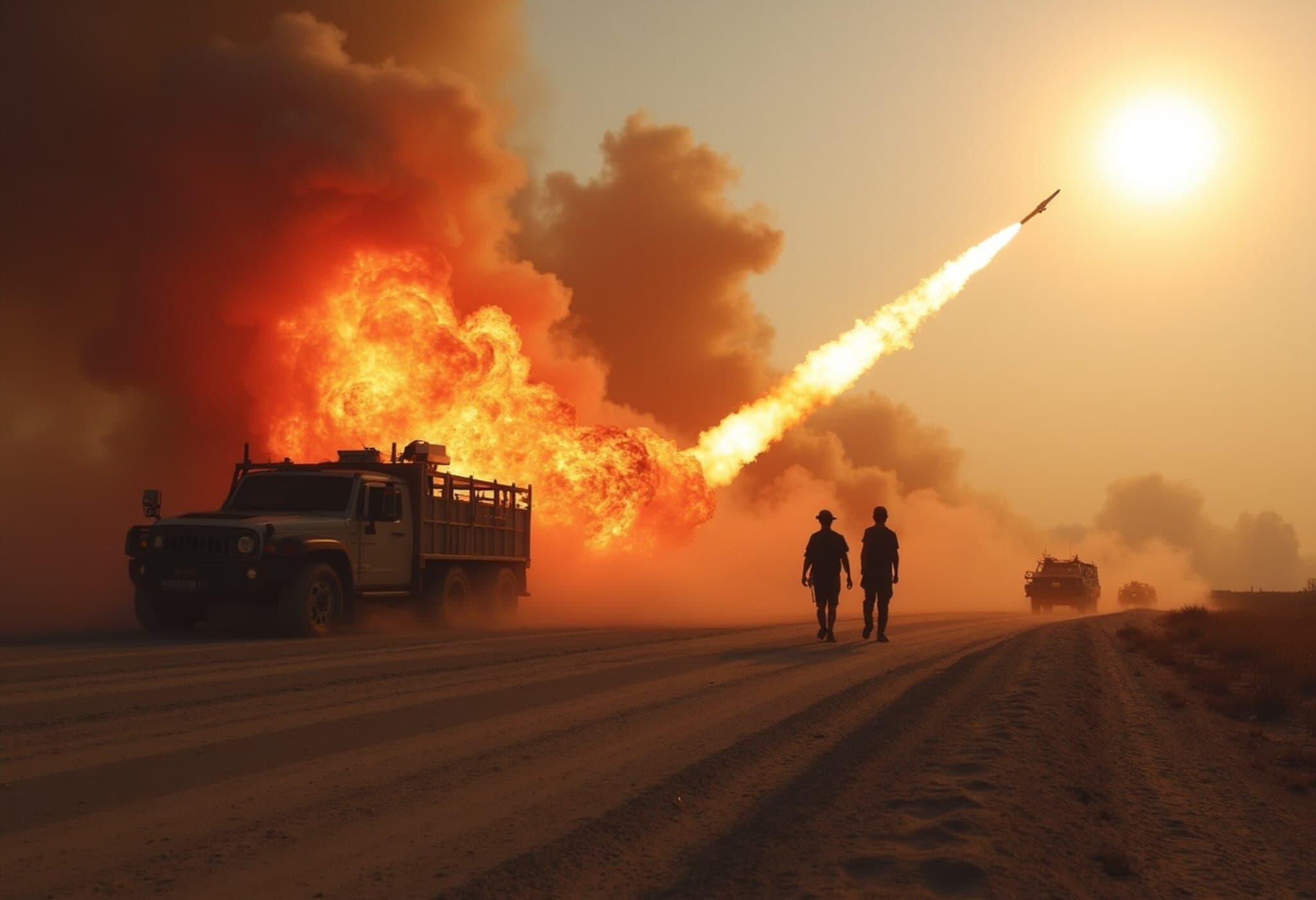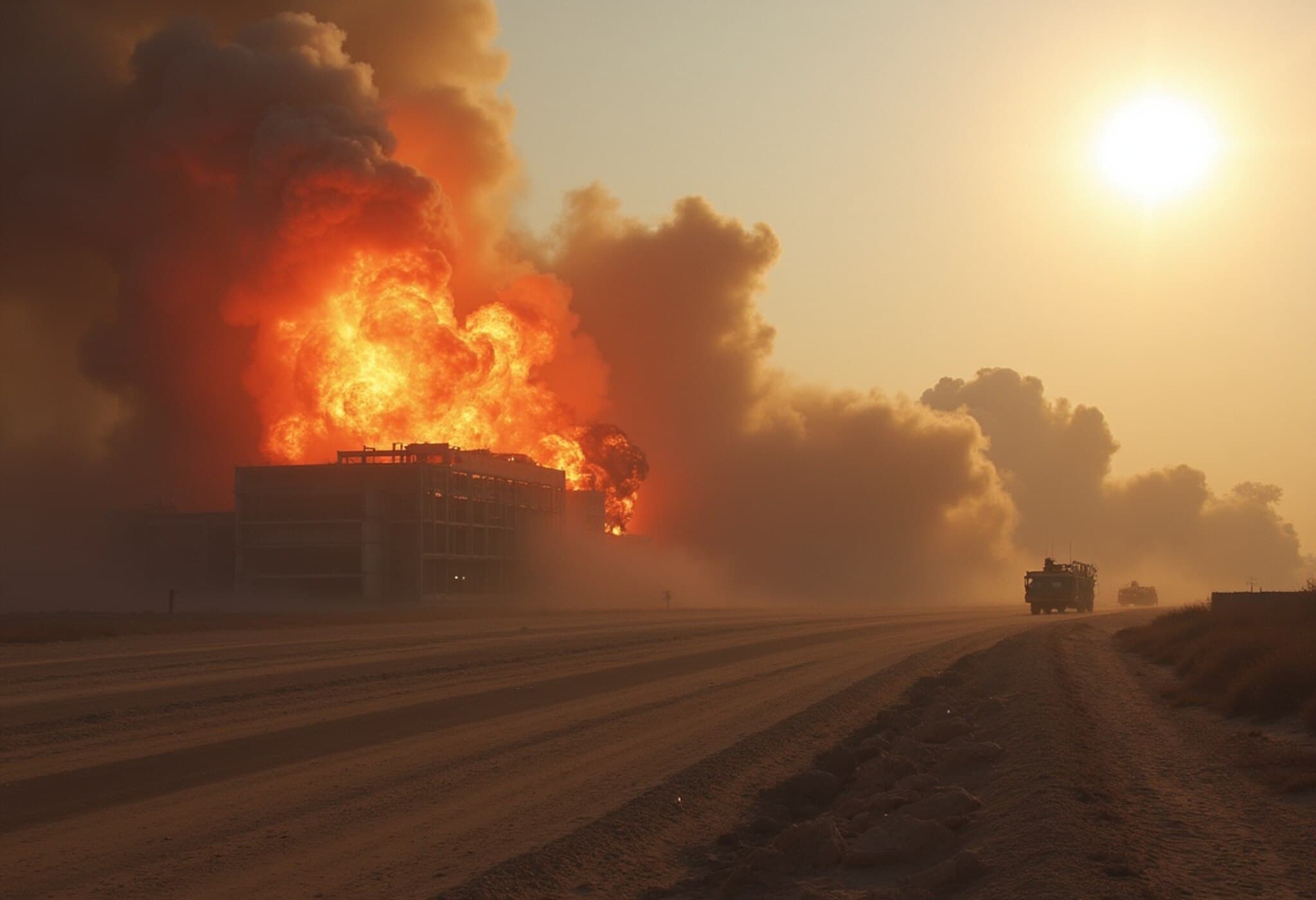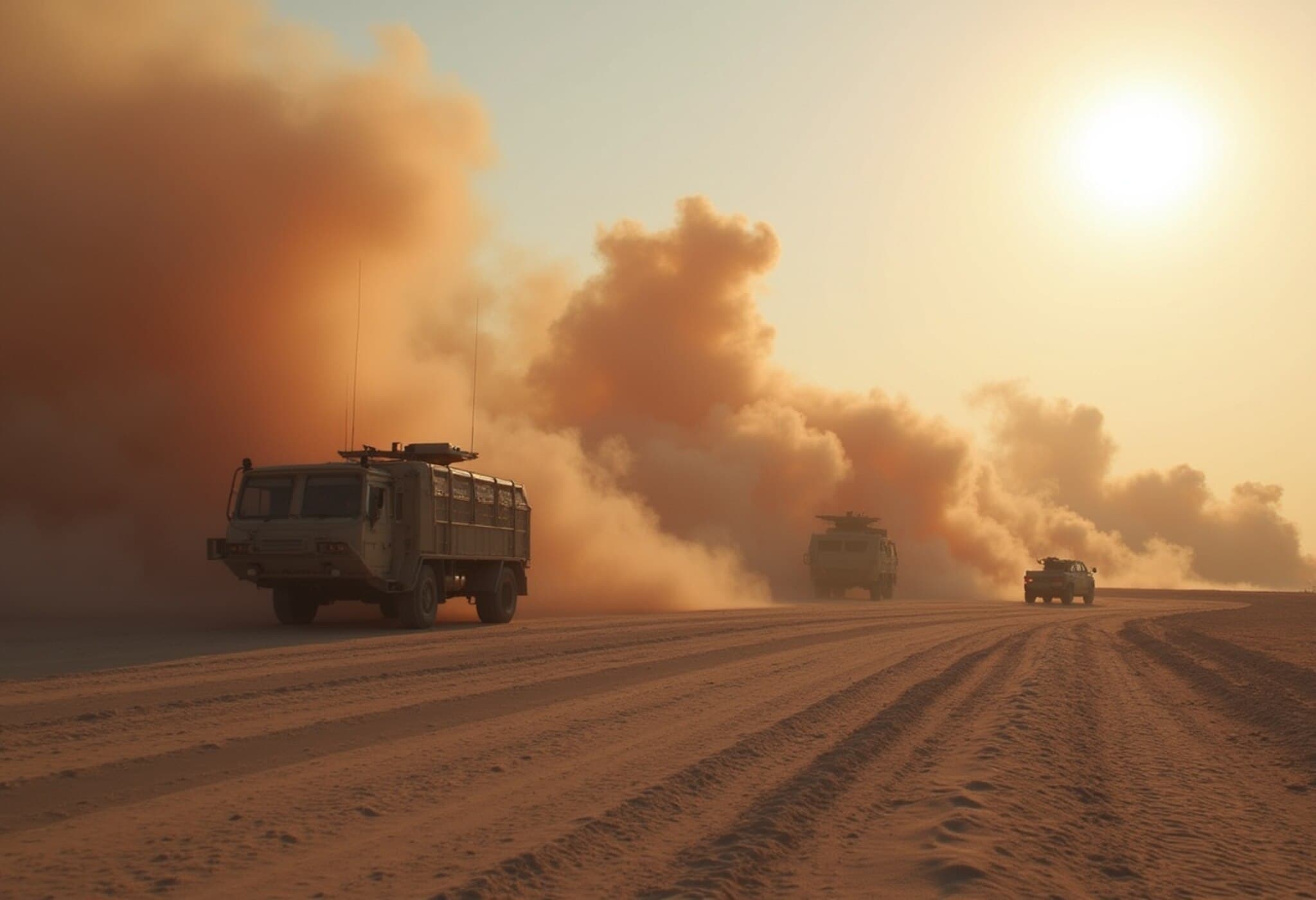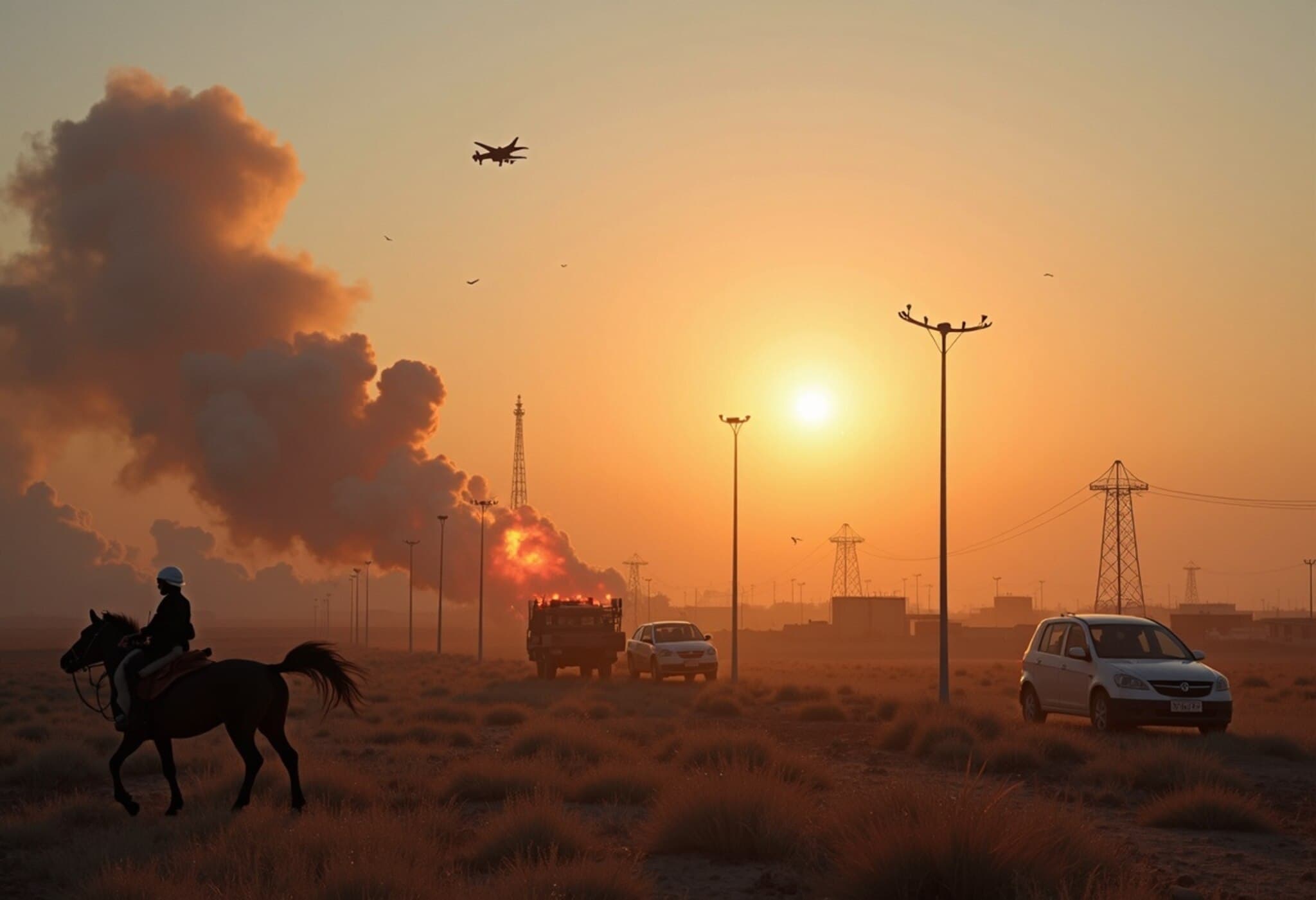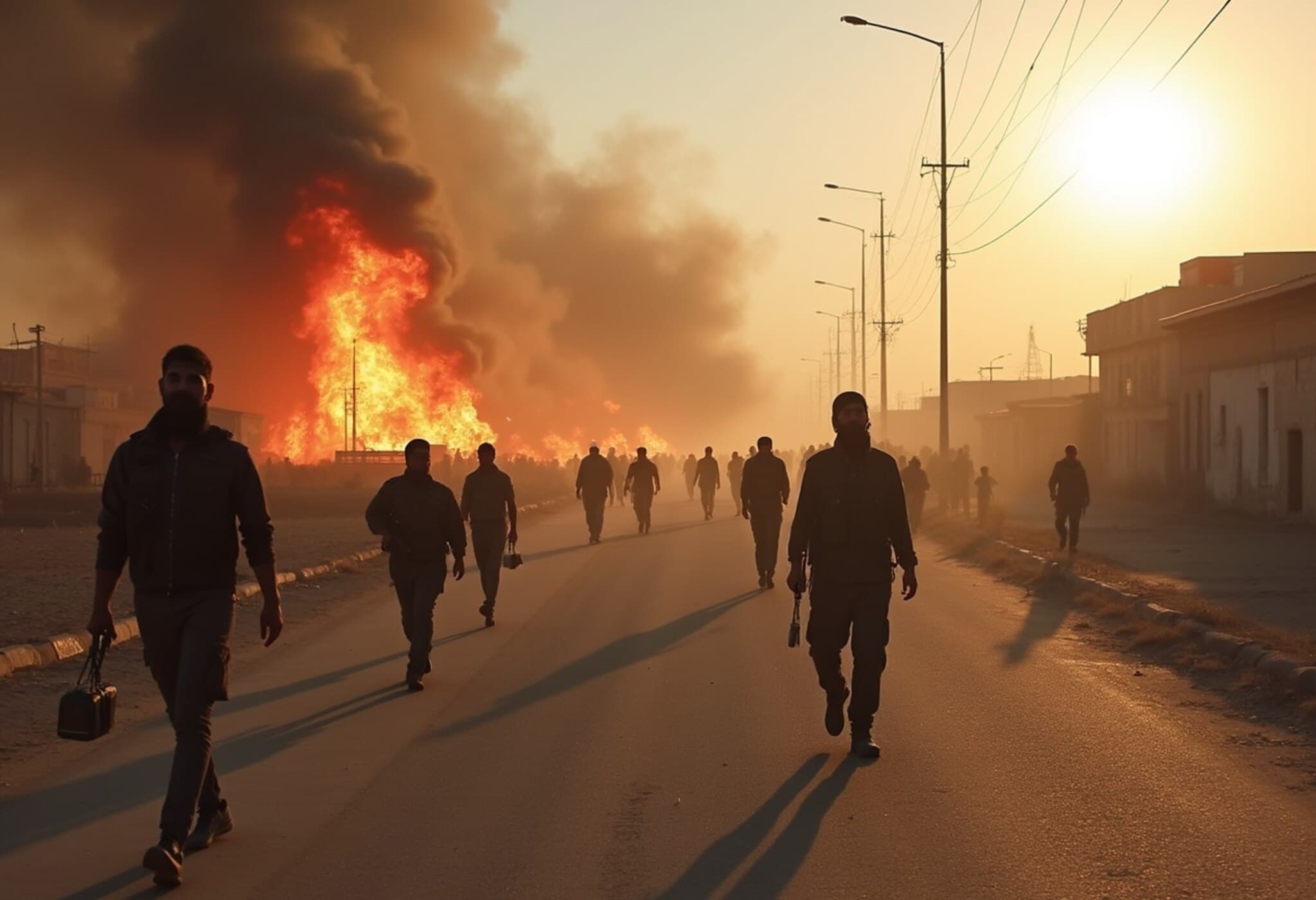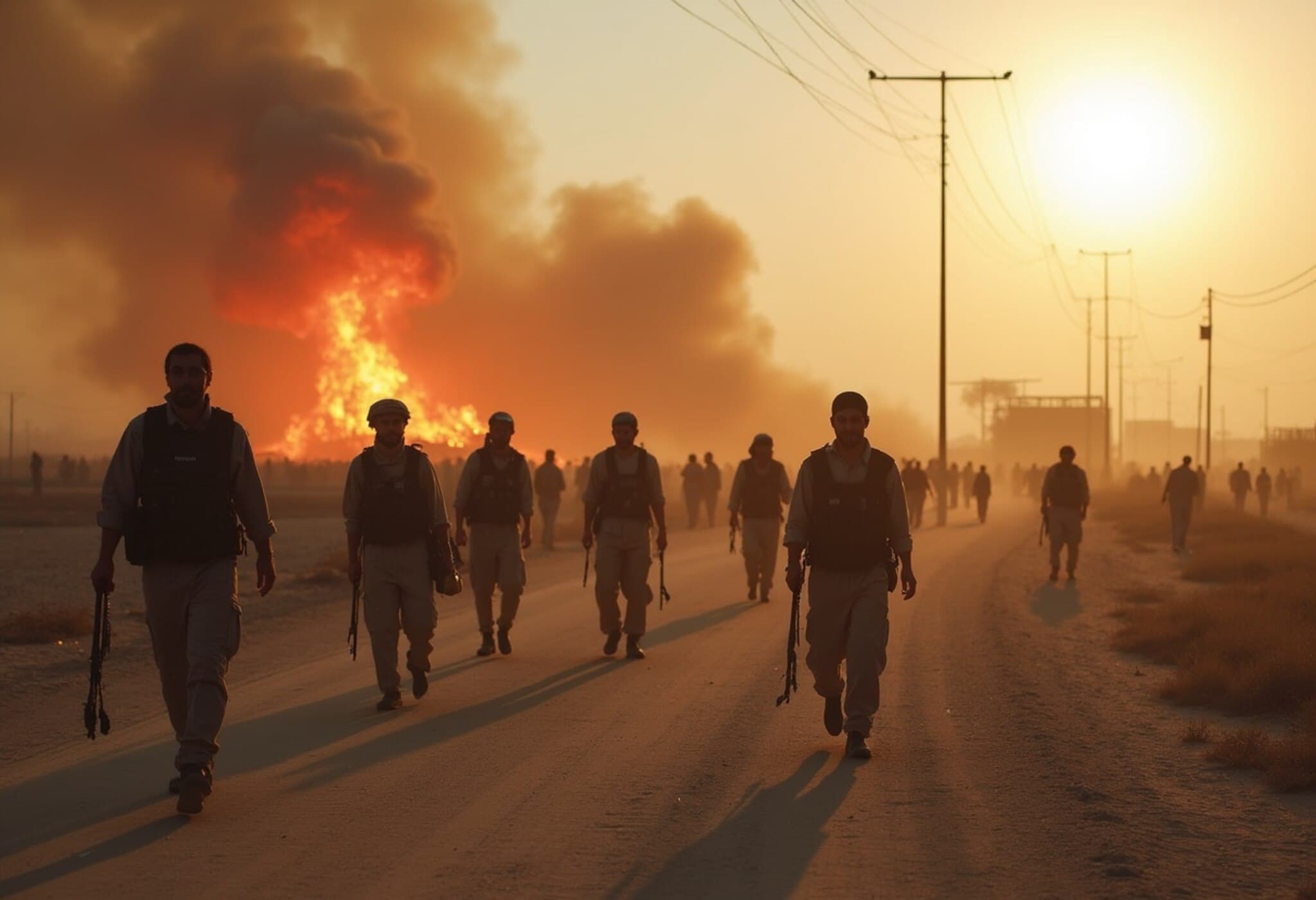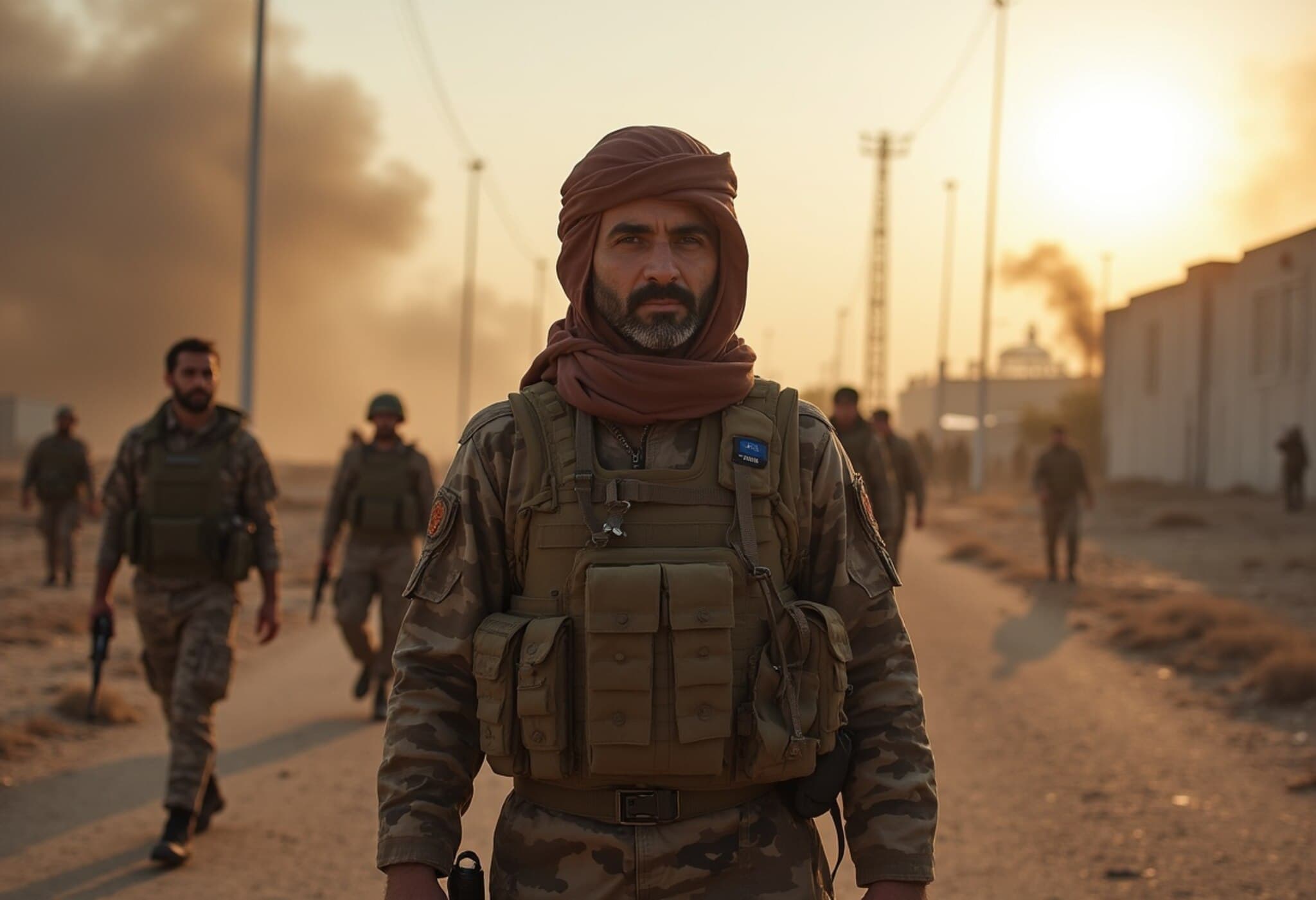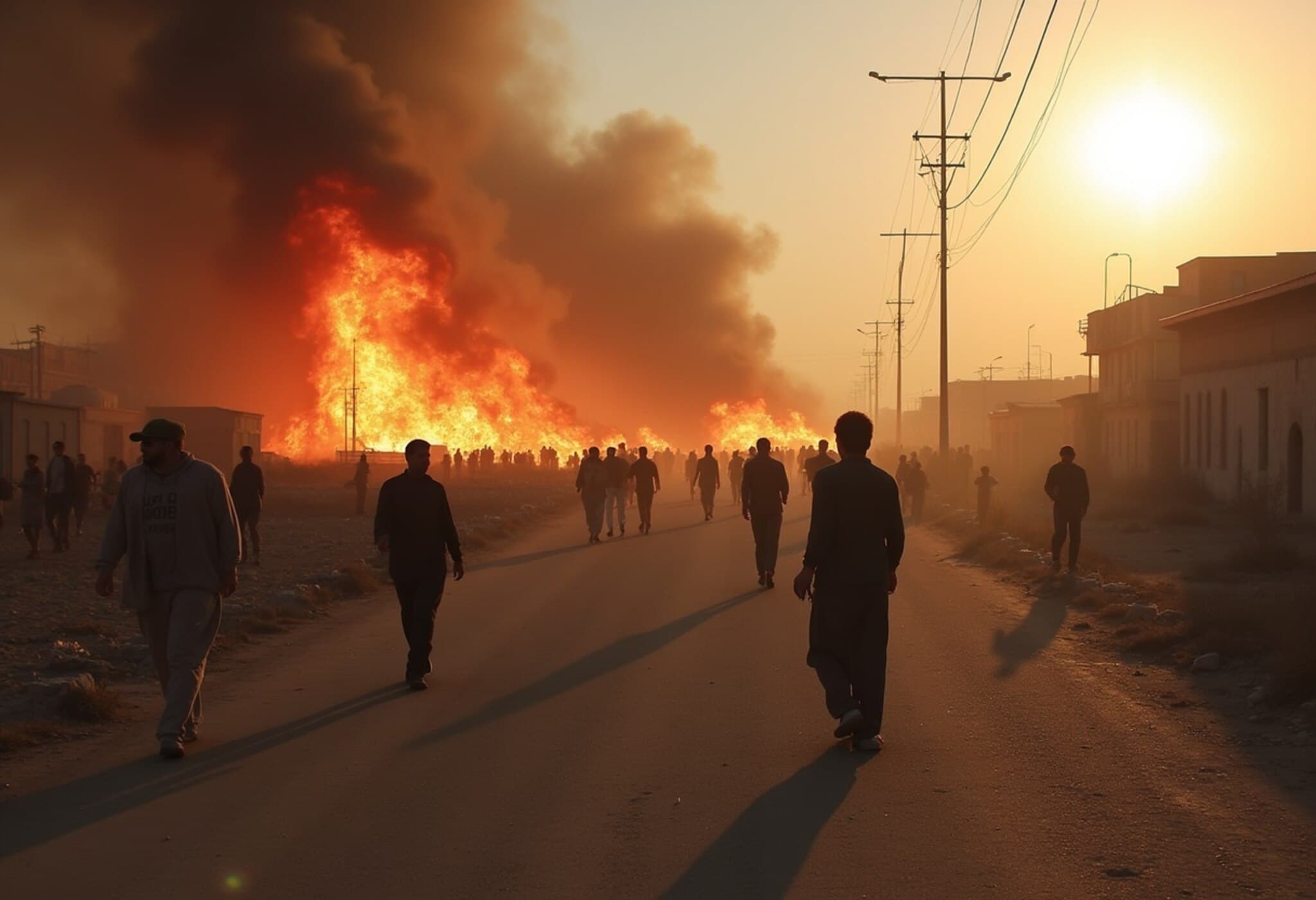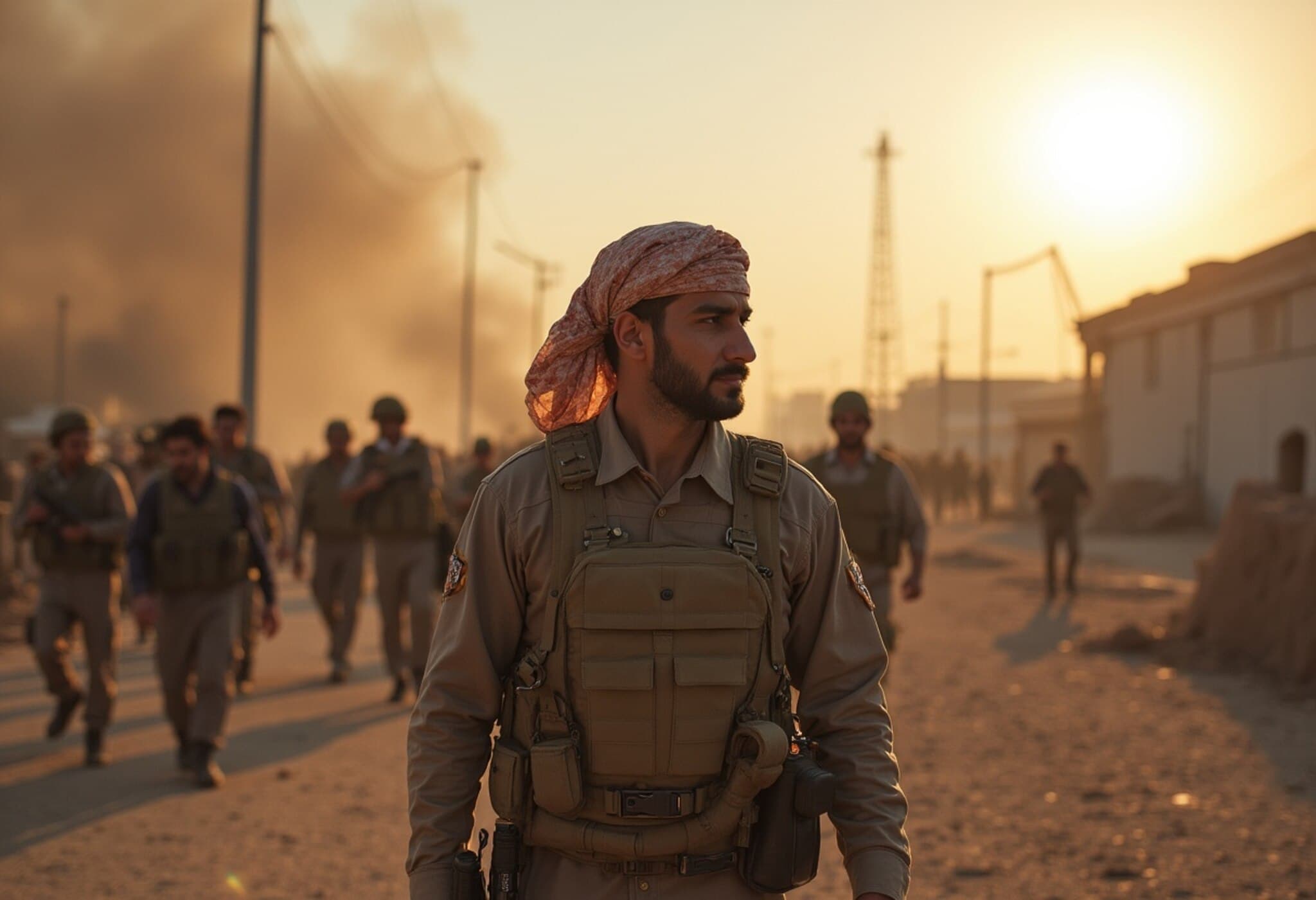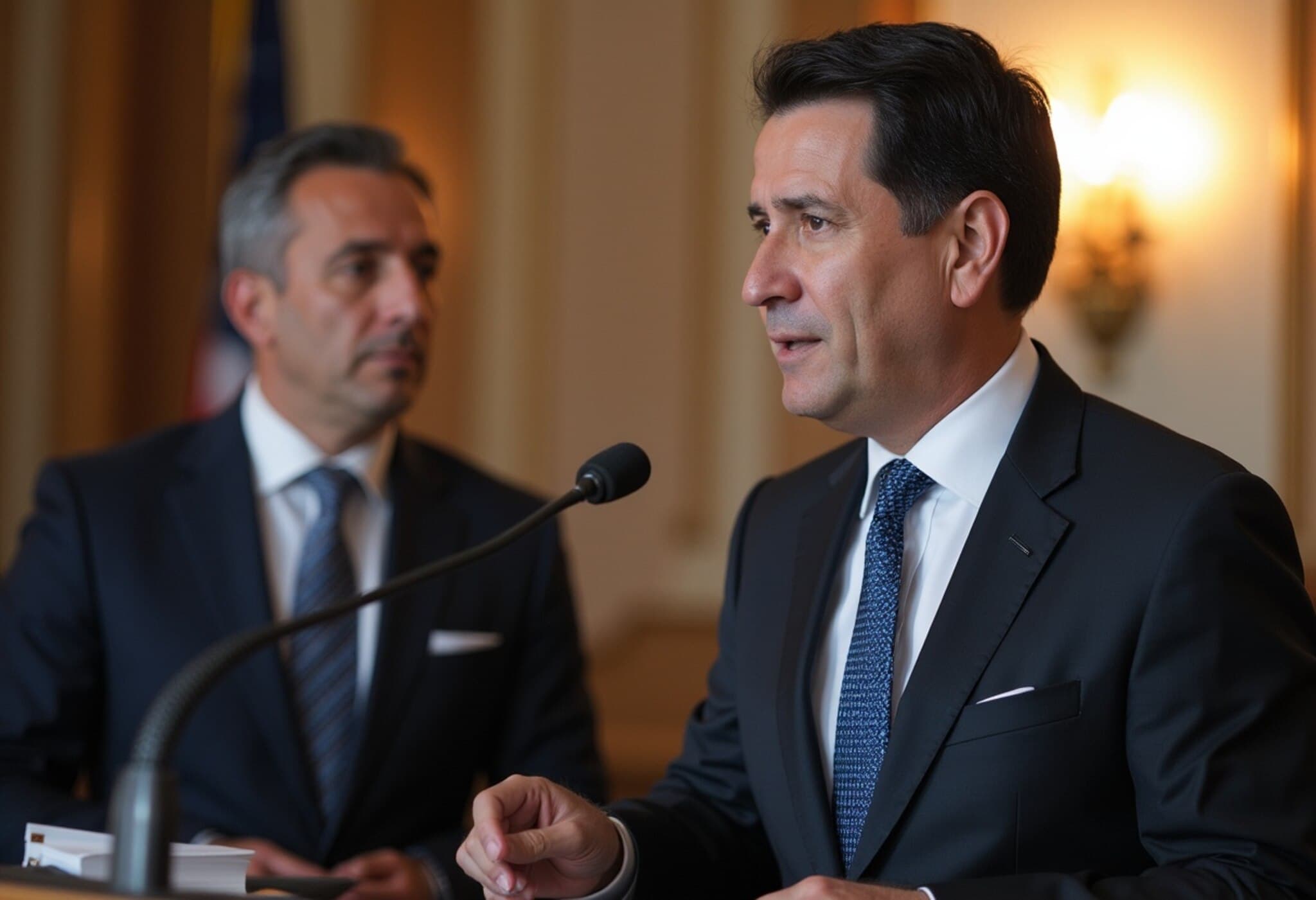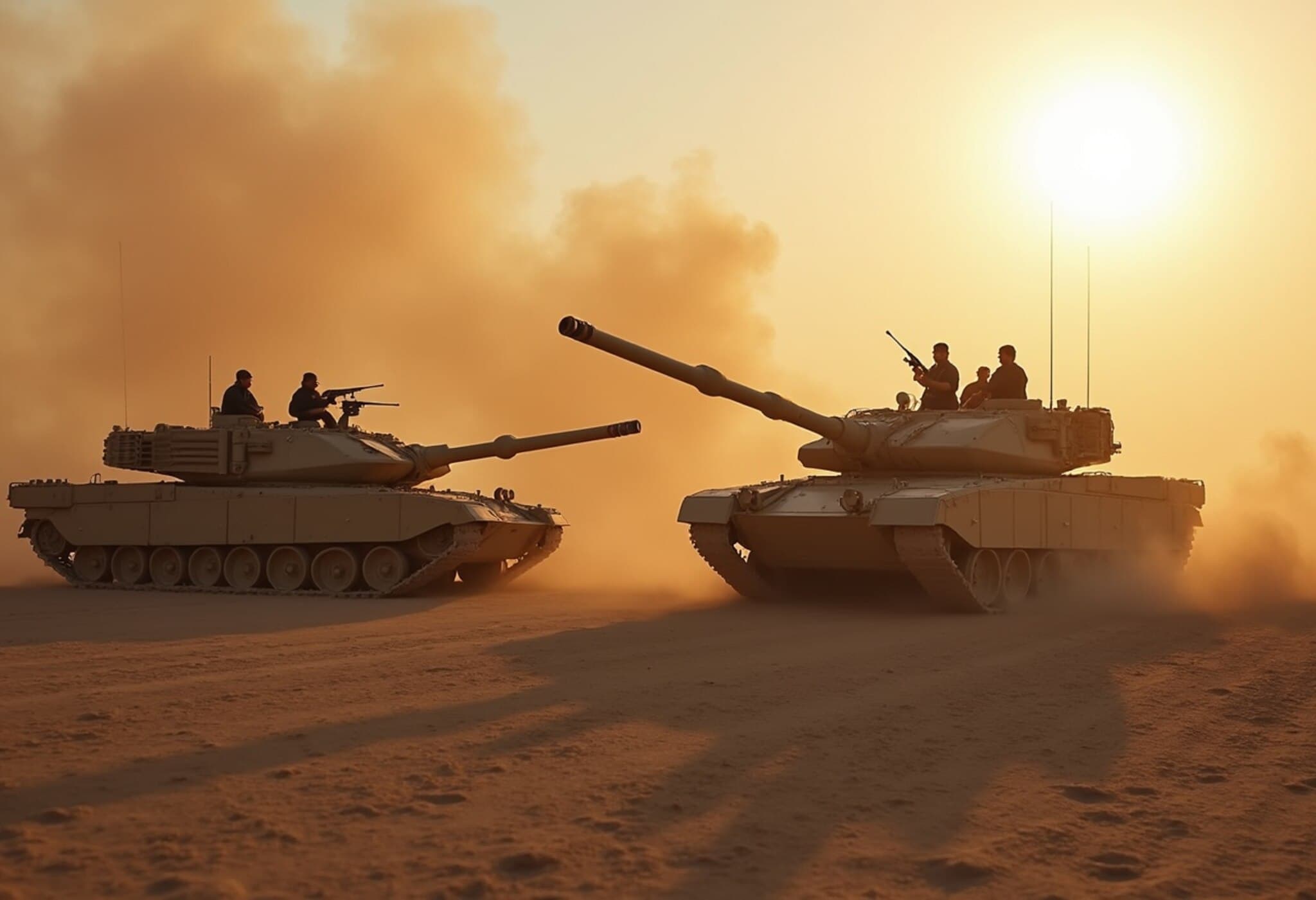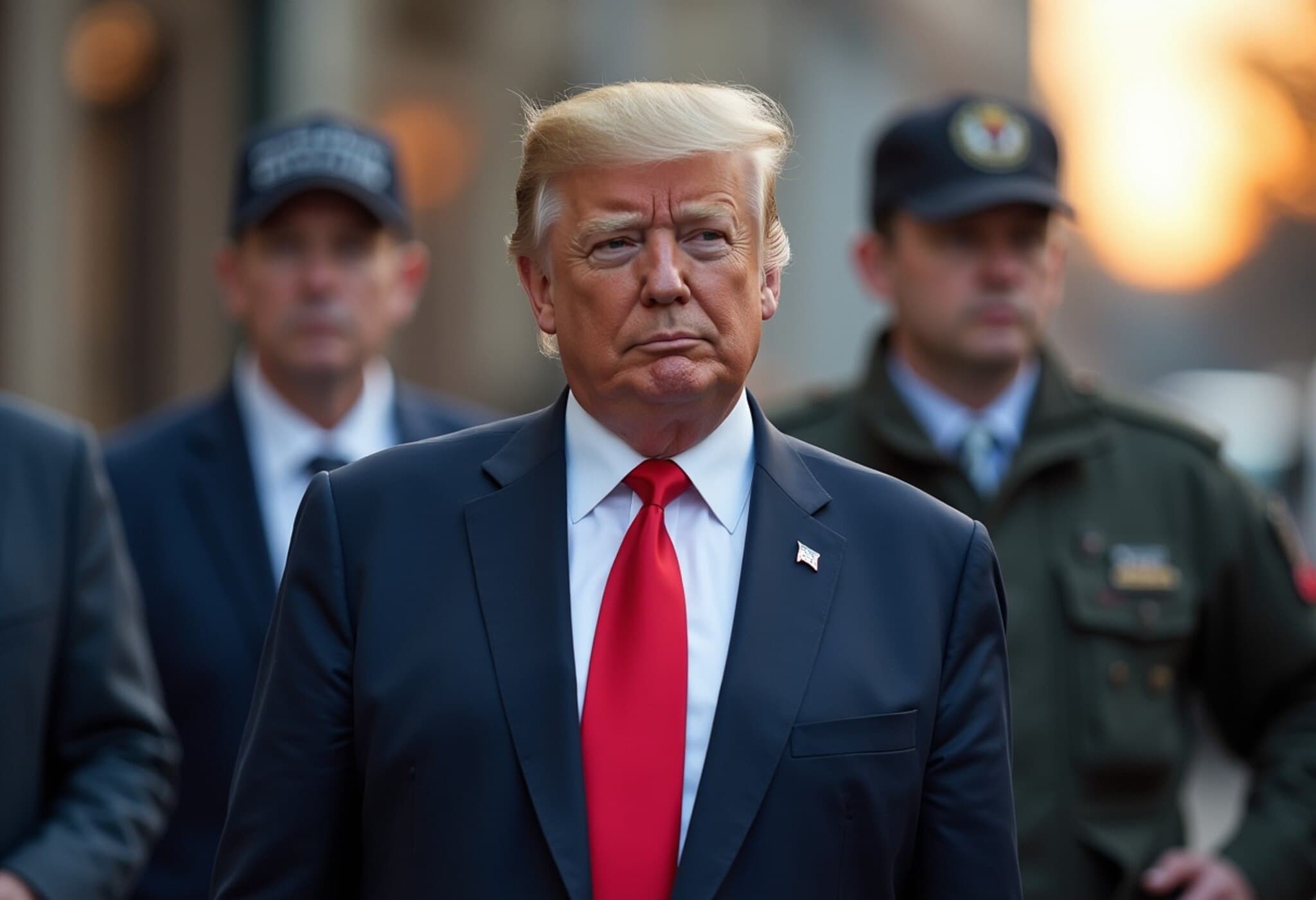Israel Launches Swift Military Strikes on Syrian Targets in Sweida
In a decisive move reflecting escalating tensions on Israel’s northern frontier, Prime Minister Benjamin Netanyahu has commanded the Israel Defense Forces (IDF) to strike Syrian military assets in the Sweida region. This action follows reports of intensified attacks on the predominantly Druze city of Sweida in southern Syria, where Syrian regime forces are engaged in fierce clashes amid a complex sectarian and political crisis.
Context Behind the Israeli Intervention
The IDF confirmed they targeted several Syrian government military vehicles following Syrian media accounts detailing renewed violence near Sweida's provincial capital. The immediate trigger, according to Israeli defense officials, was the threat posed by Syrian regime units armed and positioned to carry out operations against the Druze community nestled in the Druze mountains.
Minister of Defense Israel Katz emphasized the urgency behind this directive: "We will not tolerate any operation threatening Druze civilians near our borders. Security and stability in this volatile region remain our top priorities."
The Druze Community at the Heart of the Conflict
The Druze, an ethnoreligious minority primarily spread across Syria, Lebanon, and Israel, have found themselves caught in a dangerous crossfire. Earlier, Druze religious leaders in Sweida had issued calls for armed factions to disarm and cooperate with Syrian government forces to restore order. However, this call was soon retracted amidst accusations that the Syrian regime violated agreements by intensifying shelling of civilian areas.
Sheikh Hikmat Al-Hijri, a prominent Druze spiritual figure and vocal critic of Damascus, publicly condemned the regime's continued attacks. In a stirring video message, he described the crisis as "a total war of annihilation" against the Druze population, highlighting the community's desperate plight and raising alarms about potential ethnic and sectarian cleansing.
Regional Implications and Israel’s Strategic Posture
Israel’s assertive response marks a broader strategic posture following the collapse of Bashar al-Assad’s grip on parts of southern Syria amid a swift Sunni Islamist insurgency last December. Unwilling to tolerate hostile militant groups near its borders, Israel has actively secured buffer zones along the Golan Heights and conducted hundreds of airstrikes on Syrian military targets to curtail Tehran-backed militias and Iranian proxy influence.
Experts note that the Israeli strikes signal a recalibrated policy to protect minority groups like the Druze, who share cultural and familial ties across borders, and to prevent further destabilization that could spill into Israeli territory.
Expert Insight: The Complexity of Syria’s Shifting Alliances
Dr. Miriam Goldstein, a Middle East policy analyst, explains, "The Druze community's precarious position underscores the fragmented nature of Syria's post-Assad battlefield. Israeli intervention here is as much about humanitarian concerns as it is about recalibrating power dynamics in southern Syria, where various forces—including regime loyalists, rebel factions, and foreign actors—vie for control."
She further notes, "The repeated breaking of ceasefire agreements by Damascus reflects deep fissures within the regime’s command and foreshadows a protracted conflict with profound regional consequences."
Looking Ahead: The Uncertain Future of Sweida
As the shelling continues and distrust deepens between local factions and Syrian authorities, the humanitarian situation in Sweida deteriorates. Civilians remain caught in the crossfire, facing displacement, shortages of essential supplies, and escalating violence. The international community’s response remains cautious, with little consensus on effective intervention strategies.
- What measures can protect minority communities like the Druze amid Syria’s fracturing state?
- How will Israel’s increased military activities influence stability along the Golan Heights border?
- What role might diplomatic channels play in averting further civilian casualties?
Editor’s Note
The unfolding crisis in Sweida offers a stark reminder of the complexities entwining local, regional, and international interests in Syria. Israel’s proactive military stance reflects deep-seated security concerns but also raises critical questions about the limits of force amid ethnic and sectarian upheavals. For observers and policymakers alike, the situation challenges the international community to balance strategic interests with humanitarian imperatives—as the Druze people face an existential threat in one of Syria’s most volatile regions.

